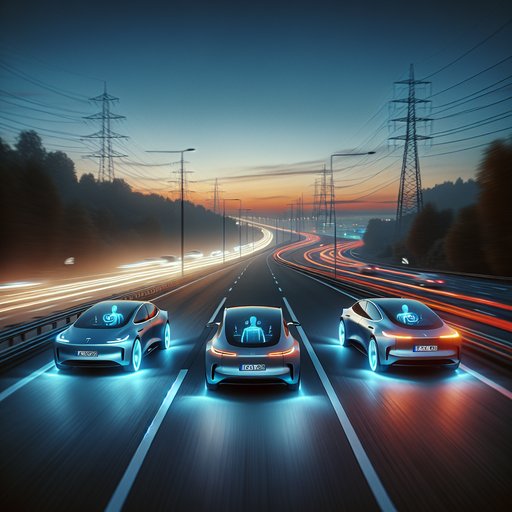
We ran a back-to-back, 200 km highway loop to compare three popular Level 2 systems: Tesla Autopilot (2025 Model 3), Ford BlueCruise 1.3 (2024 Mustang Mach-E), and BMW Driving Assistant Professional (2024 i4). Focus areas were lane-centering smoothness, hand-on-wheel detection and driver monitoring, plus how each handled aggressive cut-ins and lead-vehicle cut-outs.
Test cars were a 2025 Tesla Model 3 RWD (Tesla Vision, basic Autopilot), a 2024 Ford Mustang Mach‑E Premium with BlueCruise 1.3, and a 2024 BMW i4 eDrive40 with Driving Assistant Professional. Sensor suites: Tesla camera-only; Ford camera + radar with high-def geofenced maps; BMW camera + radar array with lane-change assist. All cars rode on OE tires, fresh alignments, and current public software at the time of test. Our 200 km loop mixed long straights, gentle sweepers, two construction zones, and three major interchanges, with speed limits from 100–120 km/h.
Ambient 18–22°C, dry pavement, light crosswind. We set following gaps to each system’s middle setting and target speed to the posted limit +5 km/h when safe. Data came from a GPS logger and dash video; drivers stayed fully alert and ready to intervene. Lane-centering smoothness: BMW felt the most natural.
On clean markings it tracked with minimal “ping‑pong,” making small, anticipatory inputs that reduced lateral drift over expansion joints. It stayed composed through mild curvature and didn’t hug one side of the lane. Ford ran a close second in BlueCruise zones, holding a confident, centered path with slightly firmer micro-corrections; it grew a bit conservative near lane splits, gently recentring after merges. Tesla was accurate on well-painted sections but exhibited low-amplitude oscillation on faded lines and through shadowed overpasses, prompting two brief steering nudges to settle it during the construction chicane.
Hands-on/driver monitoring: Tesla relies on torque-based hand detection plus an interior camera for attention. It demanded periodic micro-inputs; resting a palm at 4–5 o’clock generally prevented nags, but on straight, low-load stretches it still asked for confirmation about every 25–40 seconds. Ford’s BlueCruise allowed true hands-free in mapped zones using an IR driver camera; sunglasses didn’t confuse it, though two attention alerts triggered when the driver checked a side mirror too long while passing a convoy. BMW’s capacitive steering wheel was the least fussy—light fingertip contact satisfied it without adding torque, and we received no unnecessary nags over 60+ km stretches.
Cut-in/cut-out behavior: With a late cut-in (SUV merging with ~1–1.5 car gap), Ford reacted earliest and smoothest, easing off with a gentle ~0.15 g decel and expanding following distance predictably. BMW waited a beat longer but remained composed, targeting a slightly larger gap and avoiding abrupt brake pressure. Tesla held speed the longest, then applied a firmer single brake event (~0.25 g) that felt safe but more abrupt to passengers. On cut-outs (lead car exiting), Ford released the target promptly with a progressive re-accel; BMW matched that with a touch more caution if the exiting car straddled the line.
Tesla showed a brief half-second hesitation twice, as if tracking the departing vehicle before resuming. Overall: For the most polished lane-centering and the least intrusive supervision, BMW takes the crown across unremarkable highway, with Ford a close second when inside BlueCruise coverage. For long, mapped corridors and reduced fatigue, BlueCruise’s hands-free capability is a real advantage. Tesla remains capable and improving, but its torque-based hand checks and more assertive longitudinal responses make it feel busier.
Regardless of system, keep hands poised and eyes up—none of these eliminate the need for continuous driver supervision.












